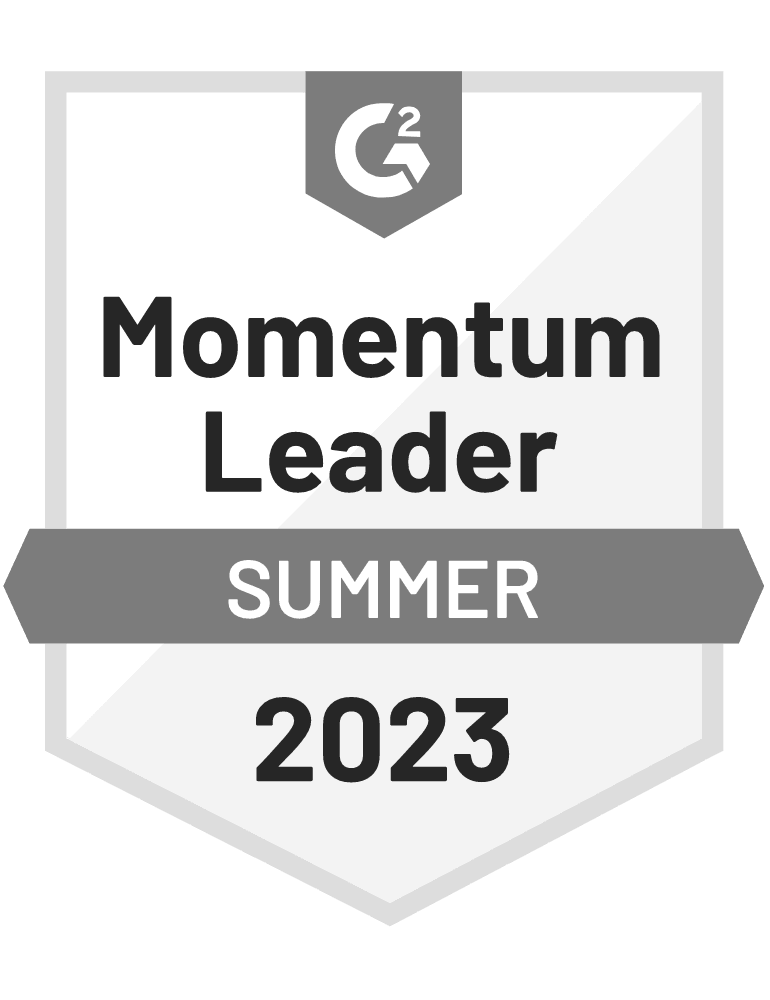Cialdini’s book Influence – famously known as the ‘Bible of Marketing’– presents the 6+1 principles of persuasion, which can increase any ecommerce stores’ conversion.
Do you have an online store? Are you working in the marketing field? Then you may have heard of a book published in 1984, which many call the ‘Bible of Persuasion and Marketing’.
It is titled Influence and was written by one of the most renowned social psychologists, Robert B. Cialdini.
The functioning and utilization of the human brain are demonstrated through 6 principles:
1) Liking
2) Reciprocity
3) Consistency
4) Social proof
5) Authority
6) Scarcity
Few people know that the author later (in 2016) added a new, seventh principle:
7) Unity
So what are these principles and how can you apply them in the ecommerce world?
Sell more online with the help of persuasion
#1 Liking
This principle is based on sympathy and similarity.
“The more you like something, the more influenced you are.”
Beauty belongs here as well. Physical attraction is relevant from an evolutionary point of view since it affects every decision we make. So much, that thanks to the HALO-effect, if one is beautiful, other positive attributes are added without any real proof.
For example, baby faced people are considered much nicer than non-baby faced ones. Even though the look of the face has not much to do with kindness.
Nonetheless, similarity reinforces sympathy even more. In the past, car salesmen were the most sophisticated of the salesmen craft, because they always started the persuasion process by finding common ground with the customer. With the help of this technique, they no longer looked like a ‘stranger with the sole purpose of selling a car’, but rather a ‘person, who is similar and genuinely interested in me as a client and wants to sell the best car for me’.
Although most purchases are now made online, the principle is still valid.
How can you use it in your online store?
Make yourself likable.
The easiest way to do so is to show customers the people, the vision and the story behind the company.
Indicate all of this information on the ‘About us’ page.
Airbnb is the perfect example, whose About us page is very focused on people.
The company’s communication is friendly anyway, and they blend it well with their vision as well.

#2 Reciprocity
The most basic instinct of mankind is to return every favor.
Interestingly, this principle is true even if the #1 principle (Liking) doesn’t play a role.
If one does us a favor – in spite of being antipathetic – we feel the need to give it back.
For example, OptiMonk’s personalized popups for ecommerce stores are based on the principle of reciprocity, because they give the user a little kindness and personal care. This way the first cold traffic on the website can be easily turned into a much warmer first impression.

Researchers have been studying the mechanism behind the principle. The theory is that having a debt towards someone is a stress factor for our brain, therefore we want to get rid of it as soon as possible.
According to another theory, all people are fundamentally good, and if one sees the other person taking the first step, the trust builds itself and the social interaction becomes much easier. This explains why we often give back way more than we got.
#3 Consistency
Everything we do affects our next course of action.
One of the most important principles of the human ego is that our belief and value system has to be consistent with our actions. If this does not happen, and they do not match, cognitive dissonance occurs, which threatens the ego.
To simplify: we are trying to be consistent with our actions, as we have been so far.
One of the most well-known techniques is the ‘foot in the door’, which suggests asking for a very small thing at first, that does not take a big effort from the other, then asking for a bigger one after that. The force of acting consistently will make sure the person delivers the request as previously.
This plays a big role in increasing conversion, for example when building your lists.
A Hungarian business article is a good example.
It suggests downloading a free ebook.

The process is simple, you just need to click on the link.
After that comes the more demanding step with a popup: signing up with your email.
Most case studies prove that more people sign up this way as if email addresses were requested immediately.
#4 Social proof
“When people are uncertain, they are most likely to follow others.”
In most cases during evolution it has provided survival in nature, it is common to almost all species, not just humans.
Although its need decreased due to civilization, it is still working perfectly.
Accommodation sites, travel sites, and airline companies are actively using this in their content, greatly increasing their conversation.
For the best results it is combined with scarcity when not only the “amount of people looking at the offer” is shown, but also how many products/services are still available. This is covered by the sixth principle in Cialdini’s book.
#5 Authority
The Milgram experiment is one of the most dreadful experiments of the 20th century. It has shown that people are willing to do just about anything when it’s asked by someone who has perceived authority.
This similarly works in the online world. People buy from who they believe, who they look up to, who they trust.
Therefore it may be worth building a personal brand, since appearing as a professional in the field can bring in many opportunities.
For example, when writing a guest post, make sure that the ‘Author’ section has your name and field in which you are considered a professional. It’s a good idea to position yourself at the same time.

#6 Scarcity
“You must have felt that the less there is of something, the more you want to get it. This is the principle of scarcity.”
The human brain loves to associate, and when there is only a little amount of something, it assumes it must be very good. And as a second thought, we don’t want to be left out.
This principle gave birth to ‘limited edition’ products or periodic promotions.
It works best when people have enough time to take action but still feel in a hurry.
In an ecommerce store, for example, limited coupons and discounts work very well, especially when a customer is on the verge of making a purchase. In this case, a timer, a personalized, countdown popup will drop anyone over the deadlock and get the purchase done.
A very useful tool for this is OptiMonk, which can increase the sense of shortage in a visitor by using countdowns and popups.
Combined with a thematic campaign can work as well. An example can be a Christmas campaign or Black Friday.
Bear in mind that you can register some pretty serious traffic spikes during these periods. If you don’t want your store buckling under the pressure, you may want to consider putting it on an AWS VPS that can easily take the load of all the extra visitors. That way, you’ll avoid performance issues or disruptions and reap the full benefits of your marketing efforts.
A free shipping option, fast delivery via a logistics and fulfillment partner can also push visitors to become buyers.
#7 Unity
The principle of unity was discovered by Cialdini nearly 40 years after the original 6.
This principle is about social identity. More exactly about what kind of group we want to belong to.
We can distinguish two types of groups:
- in-group
- out-group.
We tend to watch and follow people who resonate with our identity, the ones with whom we are in the same group.
The term ‘group’ isn’t just accurate literally. It is made up by our brain and can be valid in any case, such as a group based on a common interest, a physical characteristic, a life situation or an intrinsic value system.
Based on this principle, Apple’s now-legendary commercials were born, where Mac is depicted by a young, cool and famous person, while the PC is an older, greyish, less attractive gentleman.
This way, Apple sought to reach those, who wanted to be cool and socially favored by buying a Mac instead of a PC. And it worked perfectly.
Conclusion
Influence is one of the most important social psychology and marketing books of our time.
The concept is relatively simple, unlike the number of possible usages of it. The principles have been proven to increase conversion in any online store’s case.
How do you use the 6+1 principles in your ecommerce store? Let us know in the comments!
(Note: Have you heard of OptiMonk? With the help of our conversion optimization tool you can build a popup to any and every principle you would like, try it for FREE!)













